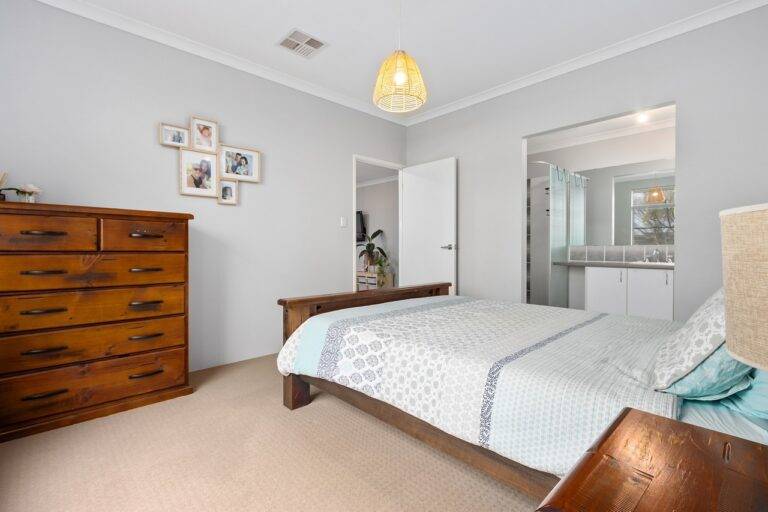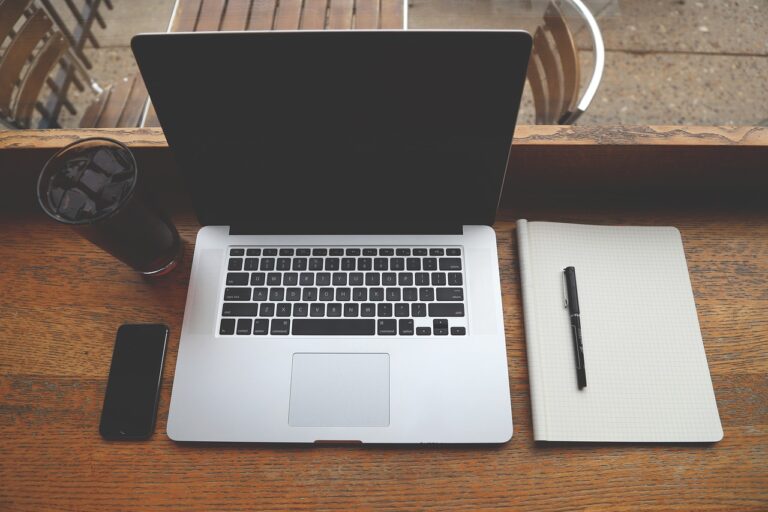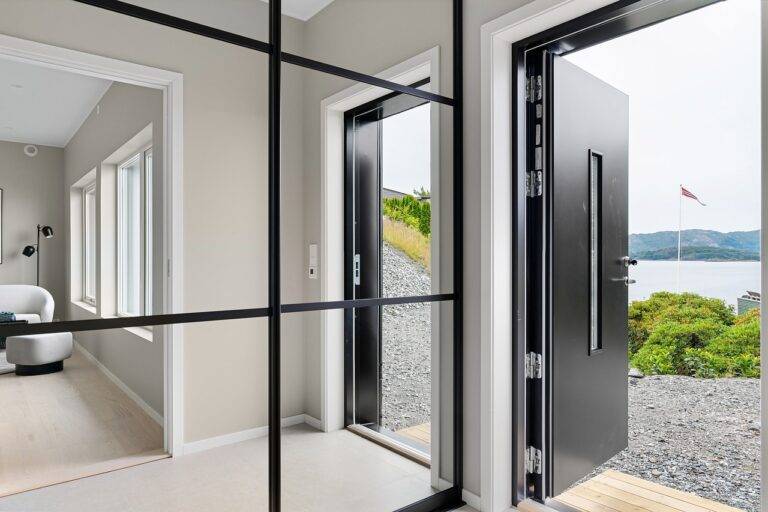Tips for Designing a Home Office for Translators: Allpanel777, Laser book 247.com, 99 exch.com
allpanel777, laser book 247.com, 99 exch.com: When working as a translator, having a dedicated home office space is essential for maximizing productivity and ensuring a comfortable work environment. Here are some tips to help you design a home office tailored to the needs of a translator.
1. Choose a Quiet Location: Select a room in your home that is away from high-traffic areas and noise. This will help minimize distractions and allow you to focus on your translation work without interruptions.
2. Invest in a Comfortable Chair and Desk: Since translators spend long hours sitting at their desks, it is crucial to invest in a comfortable chair and desk that promote good posture and reduce the risk of physical discomfort.
3. Adequate Lighting: Proper lighting is important for reducing eye strain and maintaining focus while working. Natural light is ideal, but if that is not possible, invest in a good quality desk lamp to ensure adequate lighting in your workspace.
4. Organize Your Workspace: Keep your workspace organized and clutter-free to create a conducive environment for working. Use storage solutions such as shelves, drawers, and filing cabinets to keep your documents and supplies neatly stored.
5. Consider Ergonomics: Ergonomic accessories such as a keyboard tray, monitor riser, and wrist rest can help prevent strain and injury while working. Invest in these items to create a comfortable and healthy workspace.
6. Personalize Your Space: Make your home office a reflection of your personality by adding personal touches such as artwork, plants, or photos. A personalized workspace can help boost creativity and motivation while working.
7. Choose a Neutral Color Scheme: Opt for a neutral color scheme for your home office walls and furniture to create a calming and professional environment. Avoid loud or distracting colors that may hinder focus.
8. Efficient Storage Solutions: Invest in storage solutions such as file cabinets, shelves, and bins to organize your documents, reference materials, and supplies. Having an organized space can help streamline your workflow and increase productivity.
9. Minimize Distractions: Create boundaries between your work and personal life by minimizing distractions in your home office. Turn off notifications on your phone and computer, and set specific working hours to maintain focus.
10. Dual Monitors: Consider using dual monitors to increase your productivity as a translator. Having two screens allows you to view source and translated documents simultaneously, making the translation process more efficient.
FAQs:
Q: How can I create a budget-friendly home office for translation work?
A: To create a budget-friendly home office, consider purchasing second-hand furniture, utilizing existing items in your home, and looking for affordable storage solutions.
Q: What technology tools are essential for translators in a home office?
A: Essential technology tools for translators include a reliable computer, translation software, high-speed internet connection, and a quality printer/scanner for document processing.
In conclusion, designing a home office for translators involves creating a comfortable, organized, and personalized workspace tailored to your specific needs. By following these tips, you can create a conducive environment that promotes productivity and enhances your translation work.







